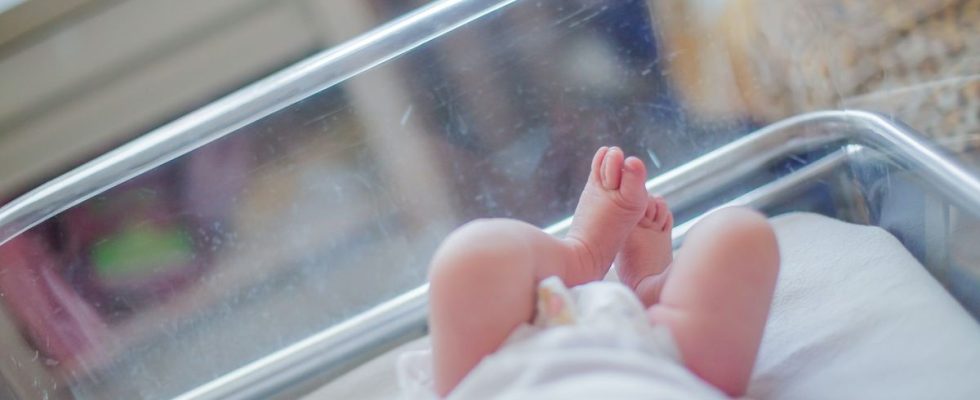Published on
Updated
Reading 2 min.
It’s a fact to know: IVF pregnancies are often accompanied by a risk of low birth weight in the baby. But a new study published this February thinks it has understood why. And it is not (only) because of the treatment followed by the women.
If you’re in the middle of an IVF process to become a parent, you probably know that babies produced through this technique can be of low birth weight. But if until now underweight was attributed to hormonal stimulation followed by the mother, another lead, genetic, has just been brought to light by a Belgian study. A path that could change the situation.
A mutation in mitochondrial DNA involved
Claudia Spits, a member of the Reproduction and Genetics research group at the Vrije Universiteit Brussel, organized a large-scale study to compare the DNA of babies born from both spontaneous pregnancies and fertility treatment. She found that in both groups, a higher risk of low birth weight was associated with certain mutations in mitochondrial DNA, and that these mutations were slightly more frequent in children born after fertility treatment.
Mitochondria are what we call the “energy factories” of the cell inherited from the mother. If they do not function properly, as they develop, they can cause various health problems such as cardiovascular disease and diabetes.
To determine whether these mutations are transmitted from mother to child, the researchers then also studied the mothers’ DNA. The analysis showed that children born after fertility treatment have more new, non-transmitted mutations than babies conceived without assistance.
A mutation more present with age
Finally, in a final step, the group studied oocytes obtained by hormonal stimulation and by natural cycle, to determine whether hormonal stimulation was harmful. Mitochondrial mutations do not necessarily appear to be caused by hormonal stimulation, which is new. But rather by the association of the simulation with the age of the mother, who sometimes took years to complete her journey.
“In particular, a combination of age-related factors in conjunction with hormonal stimulation may lead to a higher risk of abnormal eggs”, explains Claudia Spits. “The risk of mutations in the mitochondrial DNA of the oocyte increases with age. During a normal cycle, mechanisms exist to eliminate mutated oocytes and select only healthy cells. However, with hormonal stimulation for stimulate the production of oocytes, this mechanism is deactivated and the mutated oocytes are released.”
NO to diets, YES to WW!
A discovery to better balance future IVF?
Claudia Spits’ team will carry out further studies. But she announces in this Nature Communication publication that this new knowledge can be immediately implemented in assisted reproductive technology treatments to limit the risk of oocytes presenting mutagenic mitochondria.
“It seems that the higher the number of oocytes obtained after hormonal stimulation, the higher the risk of mutations. In the future, we can pay more attention to achieving a good balance of oocyte yield adequate and minimizing the risk of mutations”she concluded.
